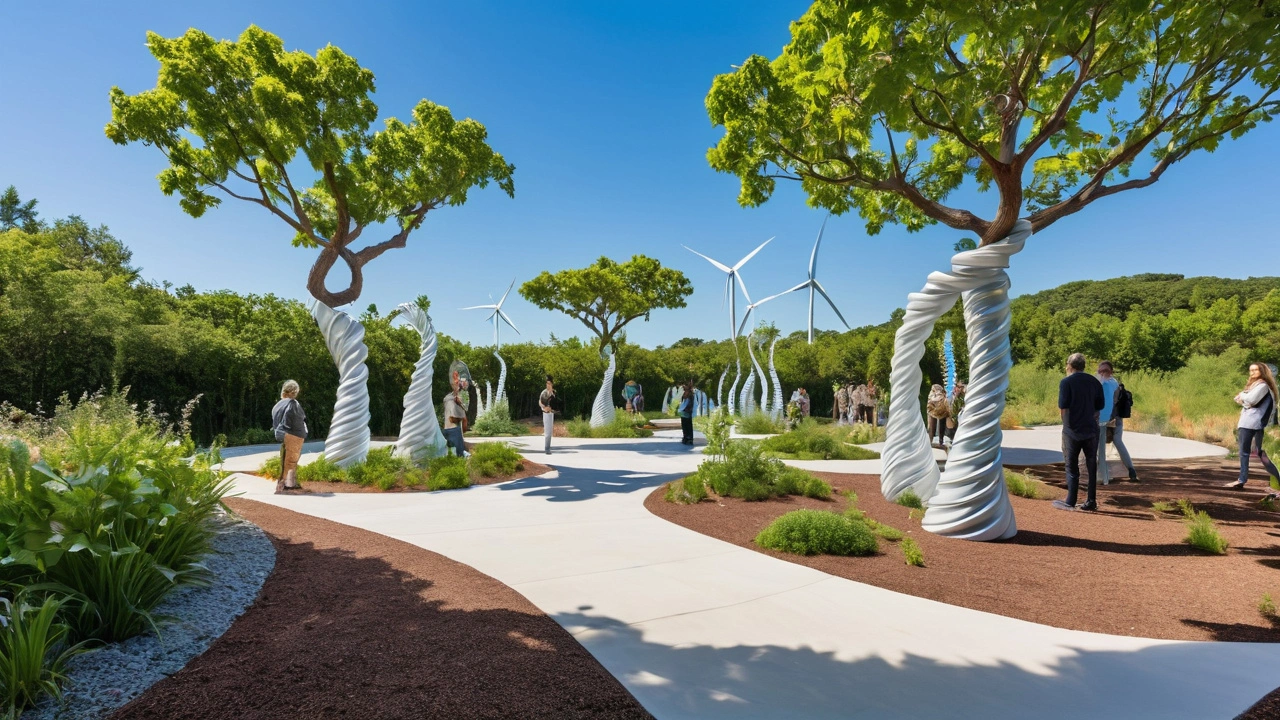Art Commentary: Clear, Honest Takes on Art, Movements, and Meaning
Museum labels often skip the messy bits—here we point them out. On this tag page you'll find short, sharp essays that explain why a movement mattered, what a technique actually does, and which artists changed the rules. Use these pieces to get context fast, understand key works, and find writing that helps you see art differently.
Each article on Paul Artistry under 'Art commentary' focuses on a single idea: a movement, a technique, or a cultural shift. You’ll find practical articles on photorealism that explain techniques and secrets, clear histories of Abstract Expressionism, and pieces that connect land art, Bauhaus, Fluxus, and more to everyday design. Writers avoid jargon and aim for clear examples so you can talk about art without sounding vague.
How to use these articles
Read one or two short pieces before visiting a museum or gallery. When you read a commentary, look for three things: the main claim (what the writer argues), the evidence (a splashy painting, a building, or a historical fact), and a takeaway you can use in conversation or design. If an article mentions artists, click through to their profiles or images to see what the writer means.
Want to judge for yourself? Try this quick test: after reading, describe the artwork in one sentence, explain the artist’s goal in one sentence, then say whether you agree. That exercise forces you to separate description from opinion and builds better taste fast.
Quick tips for reading and writing art commentary
Spot bias: authors bring tastes and cultural views, so notice what’s praised or ignored. Check dates and examples—older pieces can reflect now-outdated views. For writing, lead with a clear claim, use one striking example, and avoid over-explaining. Short paragraphs and a bold first sentence make a piece easier to follow.
If you’re into practical design, read articles on Bauhaus and De Stijl for layout and furniture tips. If you love emotion and drama, Abstract Expressionism and Baroque pieces show how color and light move viewers. For modern public spaces, land art and Futurism articles connect art to urban planning and tech.
We also cover crossovers—how ukiyo-e influenced tattoo art, or how Fluxus mixed life and performance. Those links help you spot creative debt across time and place. The goal here is not to win arguments but to help you notice patterns, ask smarter questions, and enjoy art more.
Start with a topic you already like: read the photorealism pieces to learn technique, or the Bauhaus posts for design tips. Share your thoughts in comments — we read them and often expand articles from reader questions. Your questions shape future posts.
Bookmark this tag, read a short piece whenever curiosity hits, and use the quick tests above. You’ll find practical language to describe art, clearer viewpoints, and a list of articles that make sense together. Start with a movement that sparks your interest and follow the links—every article is a small lesson, not a lecture.

